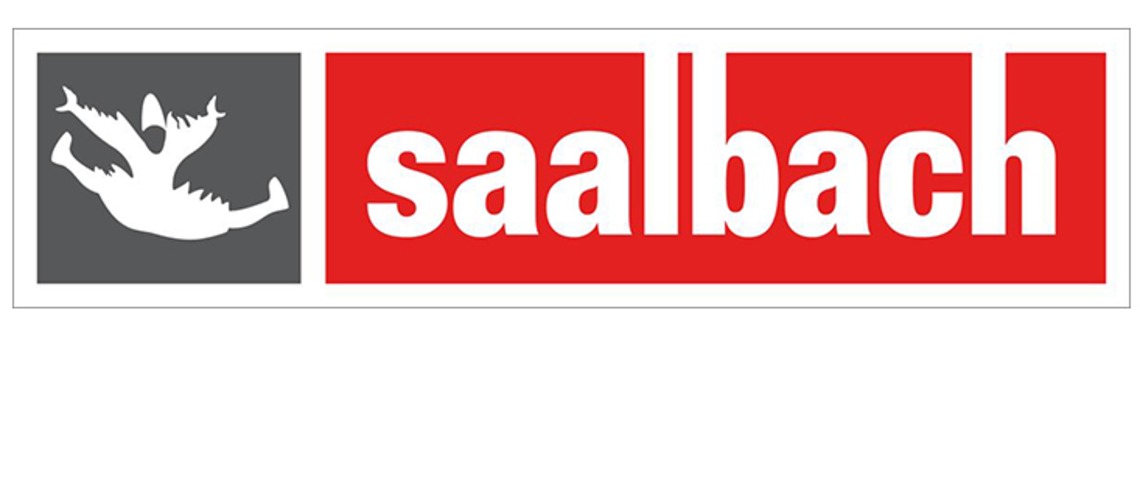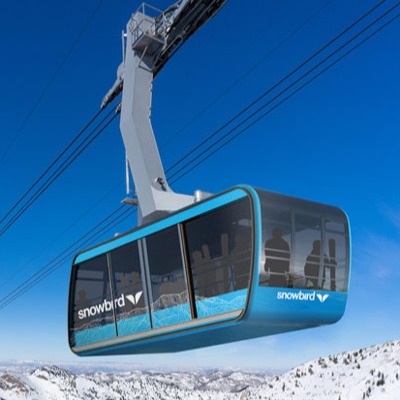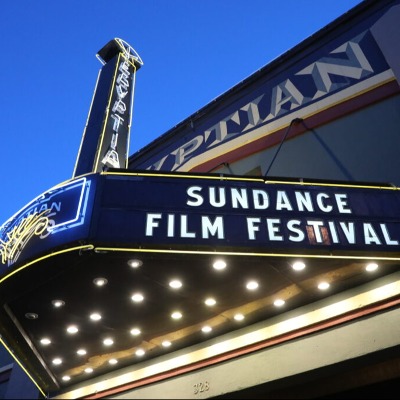Saalbach Hinterglemm Leogang Fieberbrunn: Reservoirs In The Spotlight

Lena Wimmer of the Saalbach Hinterglemm Tourist Board has highlighted the importance of the resorts' snowmaking reservoirs. She says:
"In order to offer winter sports enthusiasts perfect slopes all season long, mechanical snowmaking has become an indispensable part of ski resorts. In the Saalbach Hinterglemm Leogang Fieberbrunn ski circus there are now 14 reservoirs, which are important water suppliers for snow production. The Hochalm I reservoir was the first reservoir in Hinterglemm when it was built in 1992. It has now served its purpose and is being returned to nature as a compensatory measure for nature conservation. The Rosswald reservoir on the Reiterkogel is also a highlight in summer thanks to the expansion of the infrastructure.
Storage ponds – what’s the point?
Water is undoubtedly the most important component for mechanical snowmaking in ski resorts. In order not to pollute natural waters through withdrawals, especially in the winter months when there is little runoff, storage ponds are created. High storage ponds balance out peaks in energy consumption by pumping pressure. When the snow melts and through evaporation, 100% of the water is returned to nature, thus creating a water cycle.
The reservoirs also play an important role in flood protection and also function as buffer zones. If extreme amounts of precipitation fall in a short period of time - for example during so-called "high weather" in summer - all the water that collects on a mountain would flow downhill very quickly. This can very quickly push water bodies such as the Saalach in the region to their limits and, in the worst case, lead to flooding. Reservoirs counteract this by collecting some of the water, holding it on the mountain and then allowing it to flow away in a controlled manner - controlled by weirs.
And what about nature?
There is no question: created storage ponds and the entire infrastructure such as pumping stations, pipes and snow generators represent an intervention in nature. Everyone who works in this area and plans and implements projects is aware of this. It is in our own best interest to keep nature intact and to minimize the impact of tourist infrastructure. Ultimately, we live in, from and with our environment and it is about our quality of life.
The Hochalm I reservoir
Built in 1992, it was the first of its kind in Hinterglemm - the Hochalm I reservoir with a capacity of 137,300m³. In 2018, construction began on the neighboring Hochalm II reservoir. This was completed in October 2019 and, with 251,300m³, is an important extension of the water reservoir in the region. Since the winter of 2019/20, the Hochalm I reservoir has no longer been used as a water reservoir, but as a retention basin for the piste areas - in other words, as a catchment basin for meltwater.
In the course of the completion of the Hochalm II reservoir, the old reservoir was also renaturalized. The renovation work in summer 2022 gave a piece back to nature and the area now fits perfectly into the landscape of Saalbach's mountains.
The use of the Rosswald reservoir
The Rosswald reservoir can also be found in Hinterglemm. With a capacity of 230,500m³, 96% of the slopes in the Reiterkogel area can be covered in snow in winter. Several different replacement and compensatory measures were implemented in the landscape's ecological design, for example a 200m² pond was created as a new habitat for animals and plants.
Since this year, the reservoir has also been a highlight for young and old in summer. There you will find adventure play letters, a slide tower and a water playground. A motor skills course has also been newly built here. Kodok's Adventure (a 3.2 km long adventure trail) also leads past the Rosswald reservoir. If you just want to unwind, you can use the comfortable rest areas to enjoy the fantastic panoramic view.
The reservoirs in the region are therefore not only essential in winter, but also important in summer and definitely worth a visit. These are of course free of charge and usually easy to reach by gondola. "













